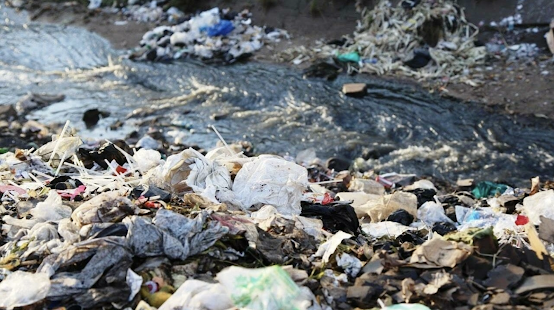In previous posts, we talked about how human wastes contaminated water resources, and posed public health problems particularly in the peri-urban or urban poor regions in Africa, framing human wastes as severe public health risks. In the last post, I talked about a sustainable project: Sanergy. The emergence of this dry-toilet sanitation solution provoked my reader to ask how can poos be used as commercial products that can be used and sold as fertilisers when they are unhygienic.
A simple answer in terms of whether the two practices undermine the other is NO. Rather, these two practices reflect changing discourses in sanitation solutions. They say that the development agents acknowledged more about local environments, mirroring a wider trend in development field: from mainstream modernisation discourse to an emphasis on participatory development.
- Poos are wastes and pose public health risks
Colonialists replicated water-borne sanitation solution sewage system as part of the modernisation process, which believed that all societies should follow the Western trajectories to achieve development (Radcliffe, 2005), to places they went and established a social norm that having flushing toilets marks privileged social status. In Uganda nowadays, people dream to have flushing toilets as they symbolise cleanness and higher social rankings (Jemsby, 2008 cited in Jewitt, 2011). Not only introducing social inequality, but sewage system has also downscaled the poos to something that can only be disposed (Langergraber and Muellegger, 2005). The sewage systems carried the poos away by water, weakening the process afterwards, and in the meanwhile, strengthening an experience that the poos are just waste awaiting to be flushed off in people's everyday practices. Traditional usage of the wastes as fertilisers in societies such as the Victorians from England and the Chinese farmers were abandoned and marginalised.
After being degraded into only waste, discourses found it easy to embody the poos as public health risks, which is an idea enhanced in education in sought for improving poor sanitation practices and reducing public health problems. Regarding this, Paul Willis has once suggested in his examination on Foucault's power theory that school is a major site for discourses to distribute and to form social taming and control (
Ferguson, 1990). A case study based on schools in South Africa reflects the statement. The schools reinforced the ideas that poos equal to public health risks - around 76.7% of the sampled students hold some levels to the waterborne diseases and 91.4% acknowledge that they need to wash their hands after using toilets because toilets are dirty and may cause sickness if they don't (
Sibiya and Gumbo, 2013). Generally, we see that everyday practices and discourses delivered by institutions make a strong connection between poos and public health risks.
Sanitation related Infographic Note: The images used strengthened the idea of sewage system as the proper and only sanitation solution and spread the ideas of public health risks
- Sustainability and the need for other roles in poos
From Millennium Development Goals to the Sustainable Development Goals, sustainability is a more and more popular term. Under this trend, on the World Toilet's Day 2021, the importance of sustainable sanitation was briefly addressed. But this is not a novel concept. In the early 2000s, the idea took form in the EcoSan model, which also reflects a trend towards participatory development as it recognised that water-borne system might not be the best solution in a water-stressed continent. The EcoSan model proposed a close-loop system, of which the later-came Sanergy model resembles, and suggested that wastes can fit in the water cycle and benefit local nutrients when hygienic risks are minimised (
Langergraber and Muellegger, 2005). The core idea there is waste utilisation, which is sustainable. Although the impact of previous discourses lingers, new discourses manage to reconfigure people's perceptions. Research in South Africa showed that rural, peri-urban, and urban population all have above 65% acceptance rate of the Nitrified Human Urine as a sustainable fertiliser and that the negative attitudes come mainly from public health concerns (
Wilde et al, 2019).
WASH Programme by UNICEF in Easter and Southern Africa. Source: UNICEF To sum up, the two practices - treating poos as waste and public health risks and using them as commercial fertilisers - do not undermine each other. The extra role of poos as fertilisers fits in the trending sustainability discourse, which also reflects that participatory development is being mainstreamed in the development field.





Comments
Post a Comment